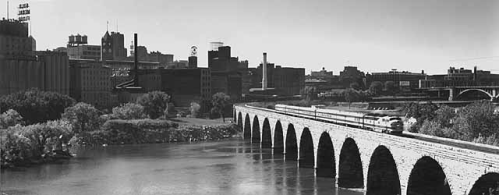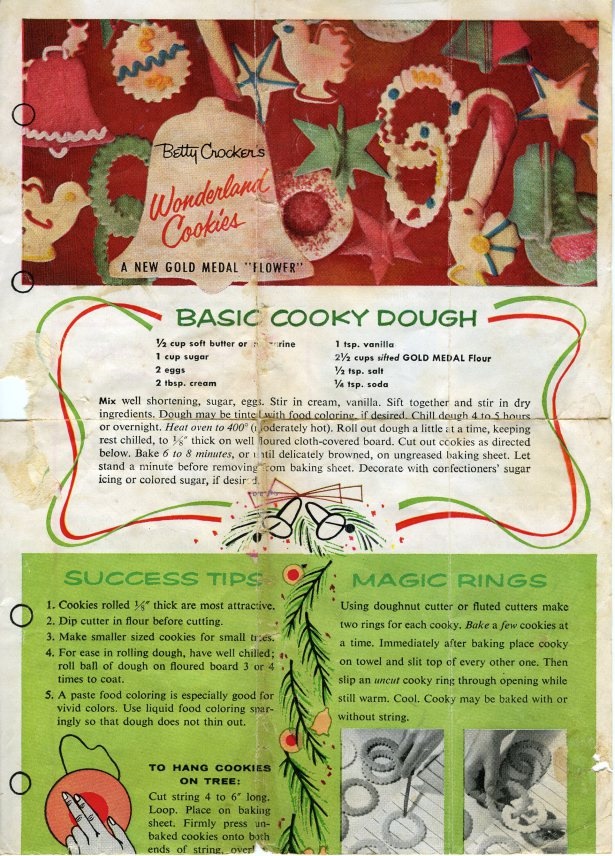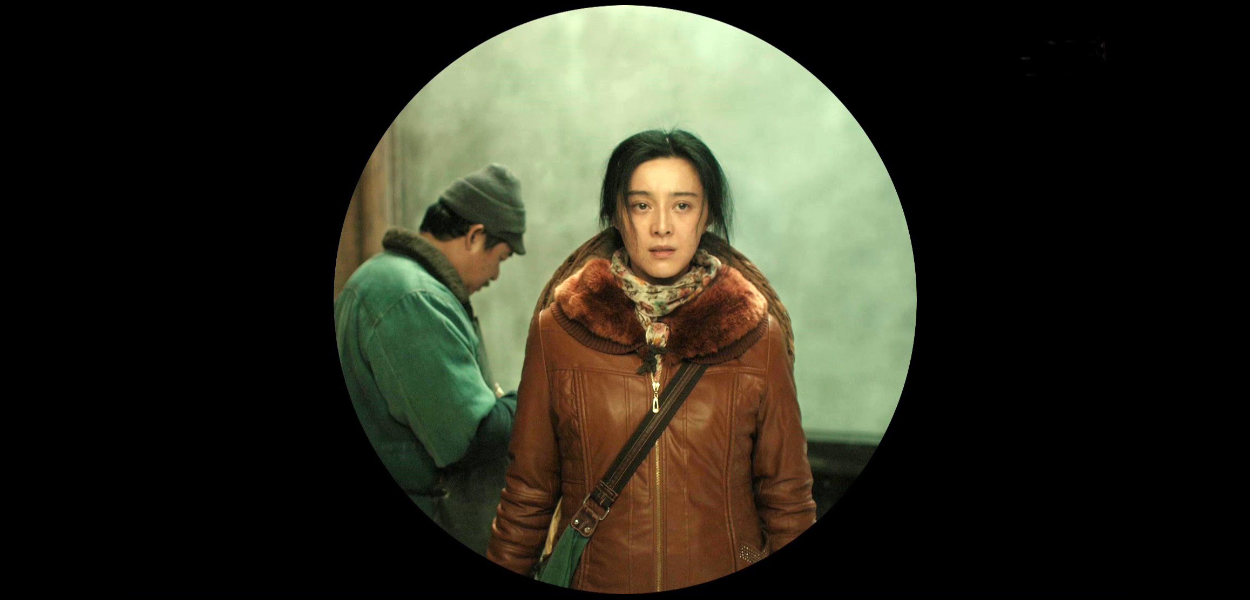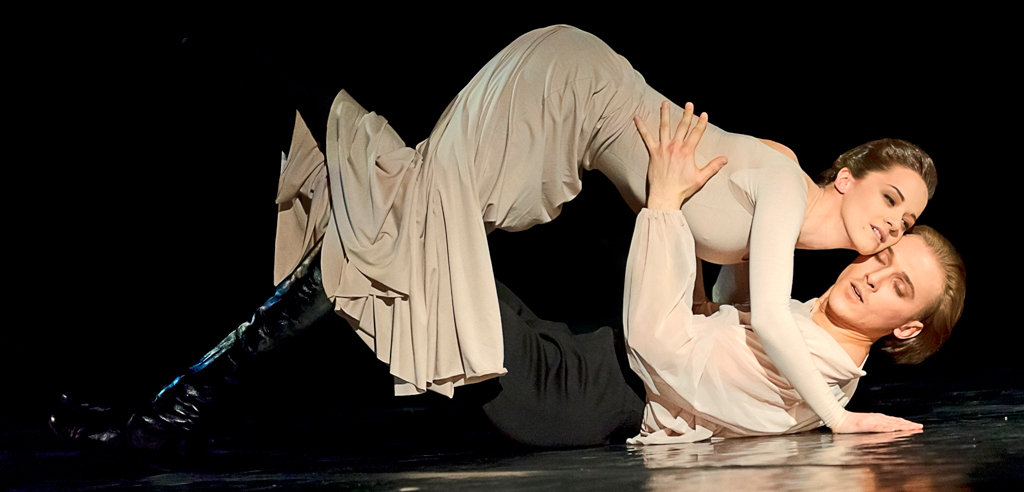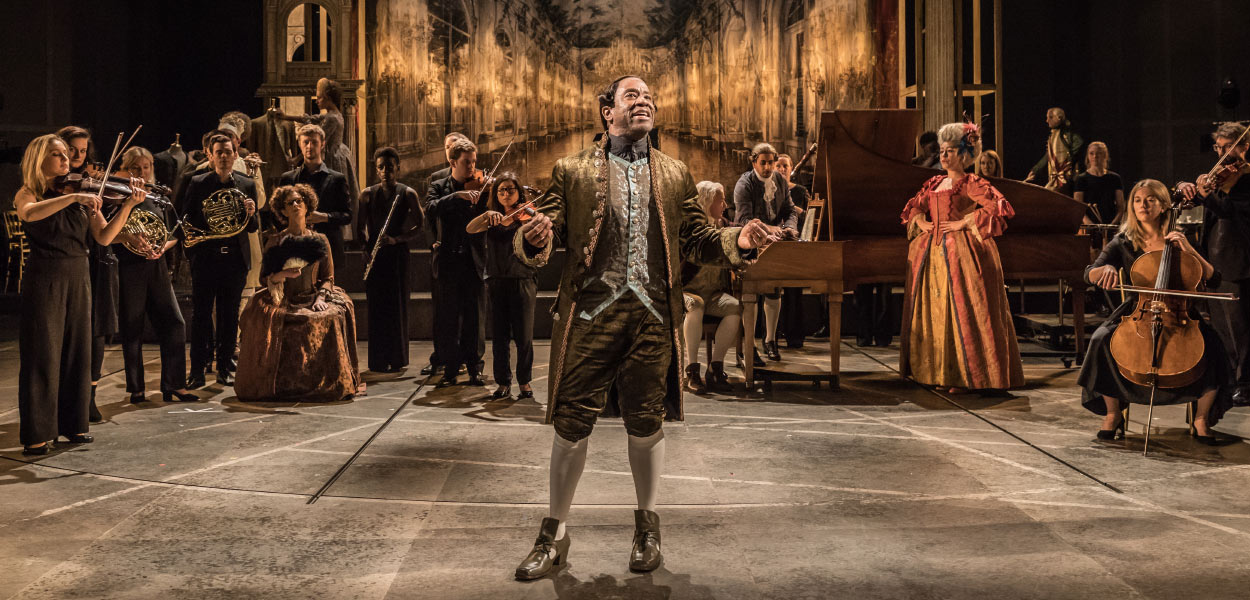Social Exclusion - A Complex Issue
 Saturday, December 31, 2016 at 2:02PM |
Saturday, December 31, 2016 at 2:02PM |  Claudia Kittock |
Claudia Kittock | Article by Claudia Kittock, Photo by Rick Kittock
Imagine going through your day without being seen nor acknowledged. Imagine people looking away from you as you walk down the street or ride the light rail. Imagine women clutching their purses more tightly when they see you, and then refusing to make eye contact. How would that impact your life? How would you view a community that refuses to even acknowledge that you are there?
I met a man, Donald, who is an actor in zAmya. He sings, he dances, he is hilariously funny, and he can act. During a question and answer session with the actors in zAmya, an audience member remarked that while homelessness is obviously a problem elsewhere, it certainly wasn’t an issue in the Mill District. Donald asked if we all knew about the Endless Bridge at the Guthrie. He said that he lived just beyond it, for over 16 years. Donald asked if he looked familiar. When no one answered, he said, “I was your neighbor for 16 years, and you never saw me.”
My friend, Jamie, lived through the tornado in North Minneapolis only to find her entire family homeless when the insurance company refused to pay. Her son is schizophrenic, trapped in his own brain, and gentle and kind even in the midst of his delusions. She asked me if I could imagine what it feels like to have people ignore her son as he wanders the city without shoes.
 Social exclusion is complex and a multidimensional issue. It affects the quality of life of people experiencing poverty and homelessness and the equity of a community as a whole. Lack of resources, rights, goods and services, and the inability to participate in the normal relationships and activities available to the majority of people in a society, has a huge impact. Merely being a person experiencing homelessness means that you will be socially invisible, and if no one ‘sees’ you, how can you advocate for yourself?
Social exclusion is complex and a multidimensional issue. It affects the quality of life of people experiencing poverty and homelessness and the equity of a community as a whole. Lack of resources, rights, goods and services, and the inability to participate in the normal relationships and activities available to the majority of people in a society, has a huge impact. Merely being a person experiencing homelessness means that you will be socially invisible, and if no one ‘sees’ you, how can you advocate for yourself?
People experiencing homelessness have lost the protection of a home and their community. They are often marginalized and isolated within the larger society, and may fail to seek out treatment for fear of discrimination or feel unworthy of help. Changing the experience of social exclusion is a key component of recovering from the experience of homelessness.
Social inclusion involves offering opportunities to re-engage with the community and form positive relationships. Peer support creates a sense of belonging for both the individual providing the service and those receiving the support. Just being seen by the people that you meet every day is critical.
The question then becomes how do we do this? How do we, as a community, become more socially inclusive? How do we learn to really see our neighbors? These are not simple questions, and there are no simple answers, but we can all begin to answer each of these questions in small ways.
Here are a few suggestions:
1) Begin by smiling and greeting all the people you encounter. An African-American friend of mine told me that when she and her husband walk along the river in the evening, few if any people smile or greet them. Change that! Greet everyone. It’s actually fun and quite infectious.
2) Find a neighborhood group that is inclusive. We started the Friends of the Mill District Singers and Yoga In the Park to find out if we could become those groups! It’s a start! I get asked many times which singers are the ones who have experienced homelessness. My response is always the same, “You tell me.” No one can...and that is the beginning of inclusion.
3) Volunteer! Get out of your comfort zone and go somewhere and do something you aren’t sure you can do. I have spent my entire life working with teenagers and when I began volunteering at YouthLink, I discovered that those ‘scary’ kids are kids. They are kids like I worked with in colleges and high schools where I spent my career. They aren’t scary. They are teens and they have changed MY life.
4) Show up! Just showing up matters. Last week when I walked into the drop-in center at YouthLink, with two bags of freshly baked chocolate chip cookies, a young woman broke into a huge smile and pointed at me. I immediately offered her a cookie, but she declined, and then explained, “I just love to see you here EVERY Tuesday. You have a big grin and bring your cookies. I don’t eat cookies, but seeing you here with your smile makes me happy.” Me too!
Will doing these things end social exclusion? I only know that it is a start and something I can do every day. No harm comes from being kind and no one is hurt by a smile and an acknowledgement. It matters.
Claudia can be reached at claudia@millcitymedia.org
